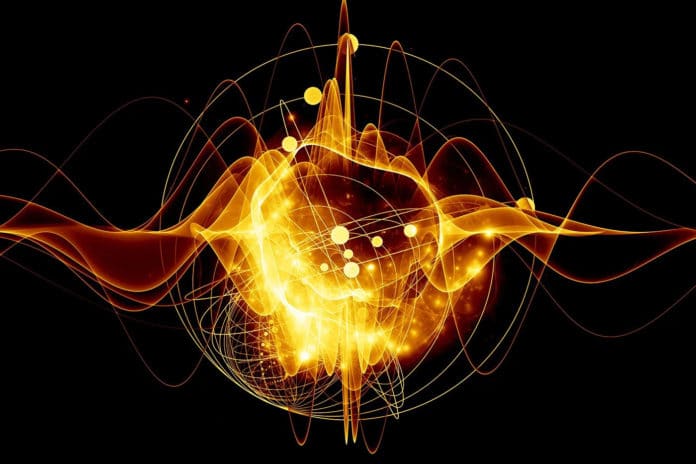Antiferromagnetic insulators are advantageous in spintronic applications because of their low stray fields and rapid magnetic dynamics. Controlling their magnetization and reading their magnetic state is critical for these applications, but they are challenging.
Scientists at Northwestern University have discovered a new quantum phenomenon in antiferromagnetic insulators. This phenomenon could yield new ways of powering “spintronic” and other future technological devices.
Gregory Fiete, a physics professor at Northeastern and co-author of the research, said, “The discovery illuminates “how heat flows in a magnetic insulator, [and] how [researchers] can detect that heat flow.”
Scientists demonstrated the novel effects experimentally by combining lanthanum ferrite (LaFeO3) with a layer of platinum or tungsten. This layered coupling generated a new phenomenon that could develop a new power source for these—and other—budding technologies.
Examining the world of atomic-scale particles at nano-lives of electrons requires considerable magnification (literally). It also necessitates an understanding of various features of electrons, such as their “spin,” charge, and ability to cause heat flow when traveling through a material.
The movement of electrons through a material generates an electric current and heat current—a heat current results when an external electromagnetic field is applied to materials that conduct electricity.
Arun Bansil, a distinguished university professor in the Department of Physics at Northeastern, said, “Heat is just when these electrons are jiggling around faster or slower, so, as a result, they can carry more or less thermal energy. Usually, the spin current flows in the same direction as the heat current. But, in the specific materials used in this study, “it flows perpendicular to the direction of the heat current.”
“That is what is new here.”
Scientists wanted to create a current of magnetism that generates electrical power, and the way you do that is by generating a voltage. They did this by combining antiferromagnetic insulating material (here, LaFeO3) with another heavier element, such as platinum or tungsten, which are conductors. The coupling throws the electrons slightly off-kilter.
Fiete says, “This particular material has the spins that are nearly perfectly anti-oriented on closest neighboring atoms, meaning they’re a little bit canted. They’re not perfectly anti-oriented—they are mostly, but there’s a little bit of a twist. And that little offset is significant because it’s part of what gives rise to the interesting effects in the project.”
That’s what gives this particular class of materials its name: Canted antiferromagnet.
Fiete said, “An emerging class of electronic devices, so-called “spintronics,” rely on the manipulation of electron spin to improve information processing capabilities in future technologies. Another related field, called spin caloritronics, focuses on “how you convert heat flow into the flow of magnetism, or spin flow, and ultimately into a voltage.”
“The quantum physics of materials is of particular interest because it directly connects with a lot of technologies: and the idea that is gaining traction … right now is: How do we transition research from the university, like the kind my team is involved in, into technologies that will impact the way that we live our lives?”
Journal Reference:
- Lin, W., He, J., Ma, B. et al. Evidence for spin swapping in an antiferromagnet. Nat. Phys. (2022). DOI: 10.1038/s41567-022-01608-w
